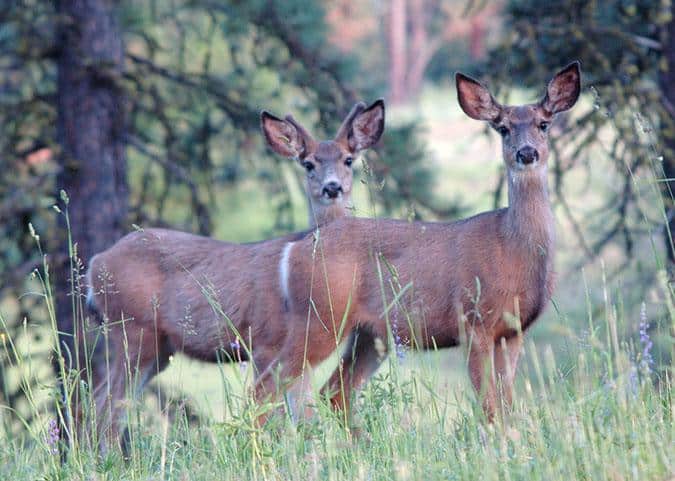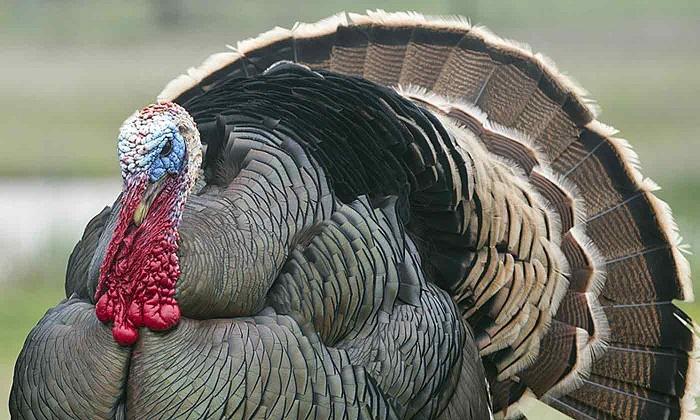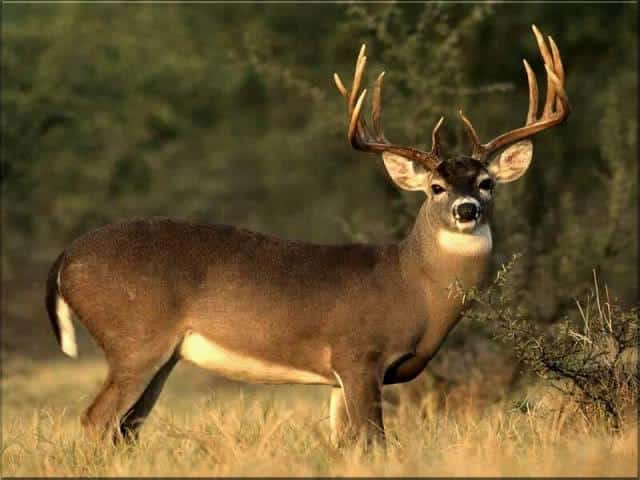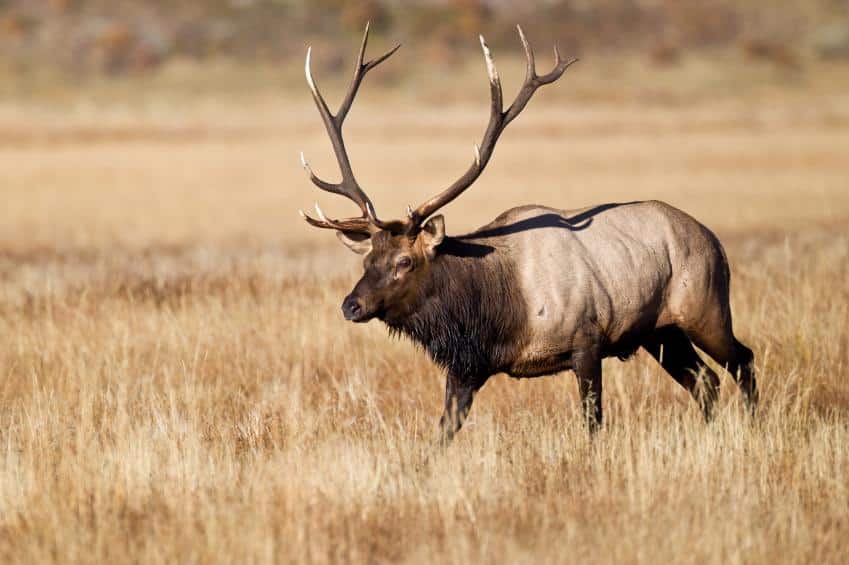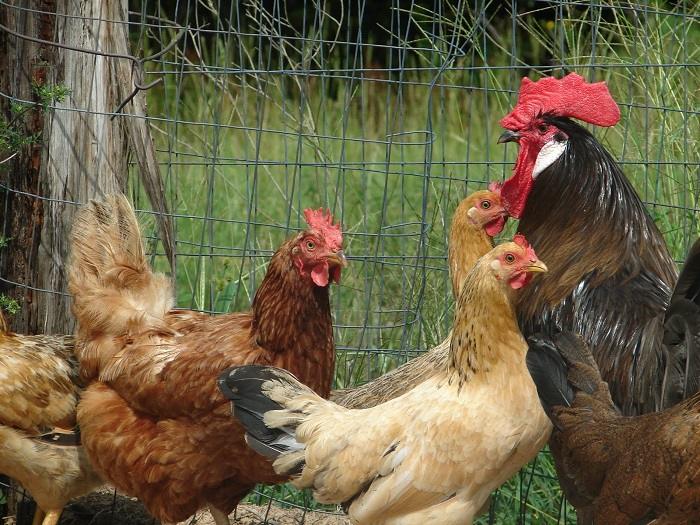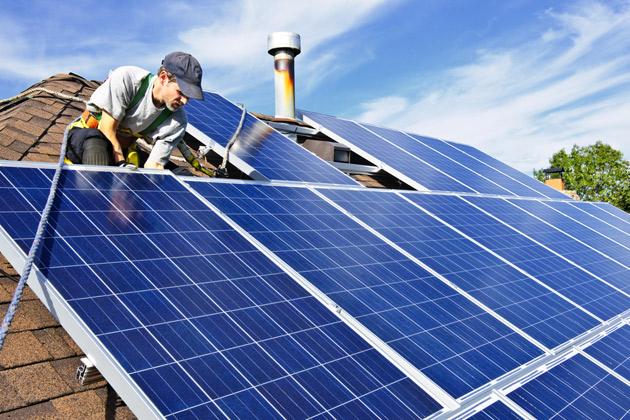I grew up in western Colorado hunting mule deer, rarely getting skunked, and I would like to think I can help out those who may not have that advantage. Here are a few tips that can help increase your odds of bagging a trophy buck or just putting a bit more meat in your freezer this winter.
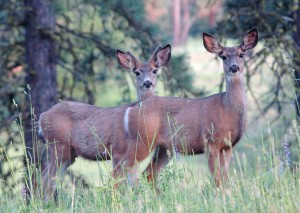 Scouting
Scouting
Scouting is important especially if you are after a nice buck.
I start my buck scouting process by hunting shed antlers in the spring. I spend many hours hiking in areas where I know there are good-sized sheds. Sheds can be sold, turned into crafts, or just collected. I always try to find new areas to hunt each spring by looking for sheds in new areas.
If you find an impressive antler, there is a good chance that buck will be somewhere uphill of where you found it come hunting season. Some bucks will hang out in the area where they shed all year long, while others will travel several miles down from alpine areas to winter in the sagebrush and drop their antlers there. All that to say sheds alone won’t consistently put you on the deer, but they can lead you in the right direction.
After you have found a couple good drainages the deer have wintered in, get a map and mark the areas. Look at the map and see how that drainage connects with ridges and other drainages all the way up to the highest peaks. And while you are at it, figure out what roads, if any, will get you into those areas. Also note any water holes that appear on the map.
Come July or so you will want to be back out where you found the sheds, looking for tracks. Buck tracks tend to have blunter tips; they are also usually wider and more parallel than those of a doe. Walk the same areas looking for fresh tracks, taking note of what you find. Most areas will hold some deer, so in my experience it is rare that you won’t see any deer tracks at all.
Make several trips track hunting, working your way each trip higher toward the timberline. You will find your coverage area expands exponentially the farther up you go, so concentrate in areas you think you would like to hunt. Check out water holes and follow any trails you can find.
Closer to hunting season, you will want to start glassing areas you intend to hunt. A spotting scope set up where you can see a lot of country is a good way to find the big guys. Sunup and sundown are the two best times to catch them moving to and from their beds. In the middle of the day, look just under ridgelines or other obstacles the deer can bed down by to protect their backs.
If you spot your trophy buck on one of these forays, check back several times leading up to the season to see if he is still hanging out in the same places. Use your time to formulate a plan for putting the sneak on these big boys. If you are a meat hunter like I am, you want to find the area with what you think will hold the most deer when hunting season rolls around.
Hunting Techniques
My all-around favorite deer hunting technique is the walk and spot. You walk slowly through your hunting area trying to see the deer before it sees you. Once you see the deer, you shoot it if it is close enough; otherwise, you stalk close enough for a shot. I like this so much because I am impatient by nature, and it gives me something to do.
How To Get The Most Meat In The Least Amount Of Time…
The opposite is spot and stalk. This is probably the most successful technique for taking nice bucks in the Rockies. Just like scouting, set up with a spotting scope or good binoculars and look for where the animals are moving or already bedded down. When you find an animal worth pursuing, you try to work your way into range without being detected. This works best very high above the timberline or low in the brush country. Apart from deep, dark, remote timber, these two places are where most big bucks will be.
Sitting on stand is how a lot of whitetails are taken, and I am sure a good amount of mulies too, but in the West there is so much country to cover that setting up a tree stand will lock you into a small area. I like to sit and watch at intervals while I am walking, but generally the only time I will sit for any long period of time is if there are a lot of hunters out moving the deer around, especially in timber.
Putting on drives works very well with a group of people. Drives work by putting walkers on one end of a patch of timber and shooters at the other end. The walkers walk through the timber looking for the deer, but many times the deer see them first and go away from them, right to the shooters. Some groups use the walkers as “drivers,” having them make noise to scare the deer and drive them to the shooters. The shooters then get to shoot at running deer for the most part.
If the walkers walk and carefully hunt, there is a good chance they may get a shot while walking. If not, the deer are much less likely to be spooked and are usually moving much slower for the shooters at the other end.
Tracking is what you do in the fresh fallen snow. My thought on tracking in fresh snow is that you know for sure where at least one deer is (at the other end of the tracks), and all you have to do is catch up to it. If you find fresh tracks while hunting, tracking can lead you right to your deer. Always keep a sharp eye ahead and watch the hillside above you because they like to backtrack and see if anything is stalking them. Always follow the trail off to one side so you don’t obliterate the tracks. This is important if for some reason you lose the track and have to go back and pick it up somewhere.
Road hunting, while actively discouraged by the fish and game department, produces lots of deer. I am not talking about shooting from your vehicle or even the road. What I am talking about is spotting the deer while driving, stopping, getting a legal distance from the road and shooting it. I will say that several of the deer I have shot have been found while I was driving to or from my intended hunting area. Just remember to always be legal.
Miscellaneous Tips
Deer like to bed down just below ridge tops. Many times I have kicked them out of their beds just by popping over a ridge.
If you are following a ridge, walk slightly off to one side, far enough that just your head shows over the top. This is an old Indian trick that lets you see over the top but cuts down on the visible movement of your silhouette on the ridgeline.
If you are hunting in scrub oak, find a place to sit where you can see a lot of country just before sundown. As sunset approaches, you may be surprised at all the deer that magically show up in all the openings in the brush.
Pay particular attention to transition areas, the areas where one type of terrain changes to another: sagebrush to trees, trees to alpine tundra, etc. Deer like the edges of timber, whether high or low.
Take the advice of the local sporting goods guy with a grain of salt. Having grown up there, I shared many a laugh with the guys at some of the advice they meted out. The deer do not turn into elk above 10,000 feet. There are deer and elk below 10,000 feet. You may be told to go to a wilderness area for your best chance, but most wilderness areas are very overcrowded.
You also don’t need the latest super-duper kill-a-ton magnum to hunt in the West. The lowly 30-30 Winchester has probably taken more deer than any other cartridge. Pick a weapon that doesn’t scare you every time you pull the trigger, and you will be much more successful in the long run.
My final tip is the most important. Know your weapon, whatever it is, and practice with it until you are proficient. Continue practicing regularly thereafter. If you have traveled in from out-of-state, make sure and re-sight your weapon when you arrive.
All in all, mule deer are where you find them, and sometimes it is just blind luck that puts you on them, but following these tips should increase your chances many-fold.
©2012 Off the Grid News


